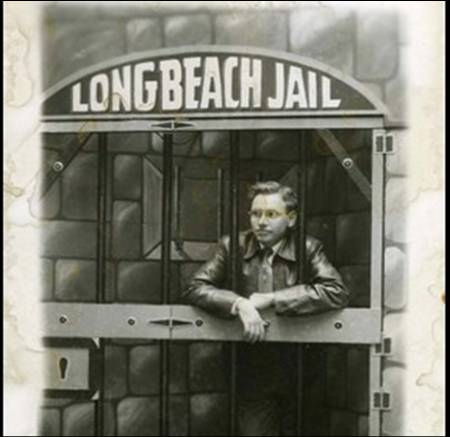Howard Marks recently wrote a letter focusing almost exclusively on equities (March 2013 Letter). Within the letter, he thoroughly explores the equity risk premium – a concept usually taken for granted or as a given figure – in such a thoughtful and intuitive way, that the usually esoteric concept becomes nearly graspable by people (like me) with far less intellectual processing power.
Equity Risk Premium, Risk Free Rate
“The equity risk premium is generally defined as, “the excess return that an individual stock or the overall stock market provides over a risk-free rate.” (Investopedia) Thus it is the incremental return that investors in equities receive relative to the risk-free rate as compensation for bearing the risk involved.”
“…I strongly dislike the use of the present tense...‘The long-term equity risk premium is typically between 4.5% and 5%.’ This suggests that the premium is something that solidly exists in a fixed amount and can be counted on to pay off in the future…
The equity risk premium can actually be defined at least four different ways, I think:
- The historic excess of equity returns over the risk-free rate.
- The minimum incremental return that people demanded in the past to make them shift from the risk-free asset to equities.
- The minimum incremental return that people are demanding today to make them shift away from the risk-free asset and into equities.
- The margin by which equity returns will exceed the risk-free rate in the future.
The four uses for the term are different and, importantly, all four are applied from time to time. And I’m sure the four uses are often confused. Clearly the import of the term is very different depending on which definition is chosen. The one that really matters, in my opinion, is the fourth: what will be the payoff from equity investing. It’s also the one about which it’s least reasonable to use the word 'is,' as if the risk premium is a fact.”
“There are problems with at least three of the four meanings. Only number one can be measured…What matters for today’s investor isn’t what stocks returned in the past, or what equity investors demanded in the past or think they’re demanding today. What matters is definition number four, what relative performance will be in the future.”
“The bottom line: given that it’s impossible to say with any accuracy what return a stock or the stock market will deliver, it’s equally impossible to say what the prospective equity risk premium is. The historic excess of stock returns over the risk-free rate may tell you the answer according to definition number one, with relevance depending on which period you choose, but it doesn’t say anything about the other three…and especially not number four: the margin by which equity returns will exceed the risk-free rate in the future.”
Marks’ comments touch upon a sensitive nerve in the investment management industry. If existing calculation methods for equity risk premiums are incorrect (ahem, let’s not even get into the calculation for a “normalized forward looking” risk-free-rate), what is implication on discount rates used in so many DCF models around the world?
Alas, false precision is as dangerous as inaccuracy. But this advice doesn’t make for good analyst training manuals.
Portfolio Management
“As Einstein said, in one of my favorite quotes, ‘Not everything that counts can be counted, and not everything that can be counted counts.’”
This quote beautifully summaries why portfolio management is more art than science.
Expected Return
“To me, the answer is simple: the better returns have been, the less likely they are – all other things being equal – to be good in the future. Generally speaking, I view an asset as having a certain quantum of return potential over its lifetime. The foundation for its return comes from its ability to produce cash flow. To that base number we should add further return potential if the asset is undervalued and thus can be expected to appreciate to fair value, and we should reduce our view of its return potential if it is overvalued and thus can be expected to decline to fair value.
So – again all other things being equal – when the yearly return on an asset exceeds the rate at which it produces cash flow (or at which the cash flow grows), the excess of the appreciation over that associated with its cash flow should be viewed as either reducing the amount of its undervaluation (and thus reducing the expectable appreciation) or increasing its overvaluation (and thus increasing the price decline which is likely). The simplest example is a 5% bond. Let’s say a 5% bond at a given price below par has a 7% expected return (or yield to maturity) over its remaining life. If the bond returns 15% in the next twelve months, the expected return over its then-remaining life will be less than 7%. An above-trend year has borrowed from the remaining potential. The math is simplest with bonds (as always), but the principle is the same if you own stocks, companies or income-producing real estate.
In other words, appreciation at a rate in excess of the cash flow growth accelerates into the present some appreciation that otherwise might have happened in the future.”
A great explanation for why expected return figures should be ever forward looking, and not based on past performance.






